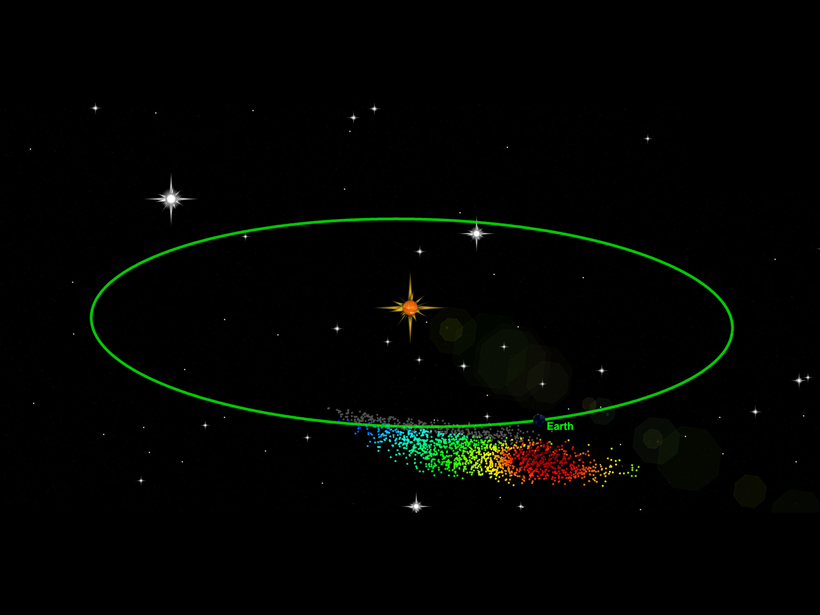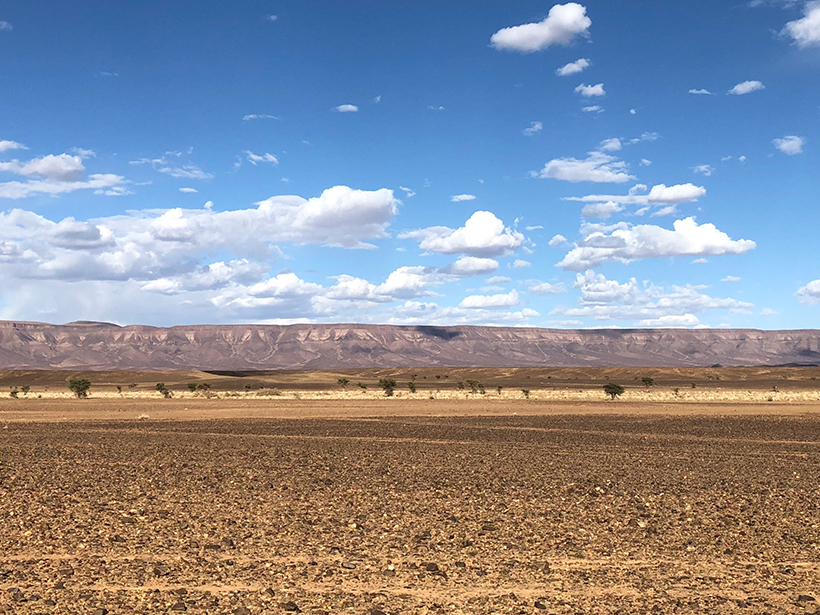Fireballs in the summer sky may signify a chance to probe their mysterious origin.
Nola Taylor Tillman
Nola Taylor Tillman is a freelance science journalist with a focus on space and astronomy. She has a degree in English and astrophysics from Agnes Scott College and lives in Atlanta, Ga. She has written for publications including Eos, Scientific American, New Scientist, Science, and Discover magazine.
Posted inNews
Passing Object May Have Kicked Up Dust from a Planetary Disk
The elongated tail of the SU Aurigae protoplanetary disk was likely formed as a result of a flyby from a substellar object.
Posted inNews
Earth’s Eccentric Orbit Helped Preserve Rare Soft-Tissue Fossils
Cyclical changes in Earth’s orbit helped to preserve rare fossils in Morocco.
Posted inNews
Fireball over the Bering Sea
Powerful meteorite explodes over “a sensitive part of the world.”
Posted inNews
A Target Before Shooting Ryugu
The asteroid’s rough surface surprised Hayabusa2’s mission scientists. So they pulled out their spare gun and shot an “asteroid” at home first.





